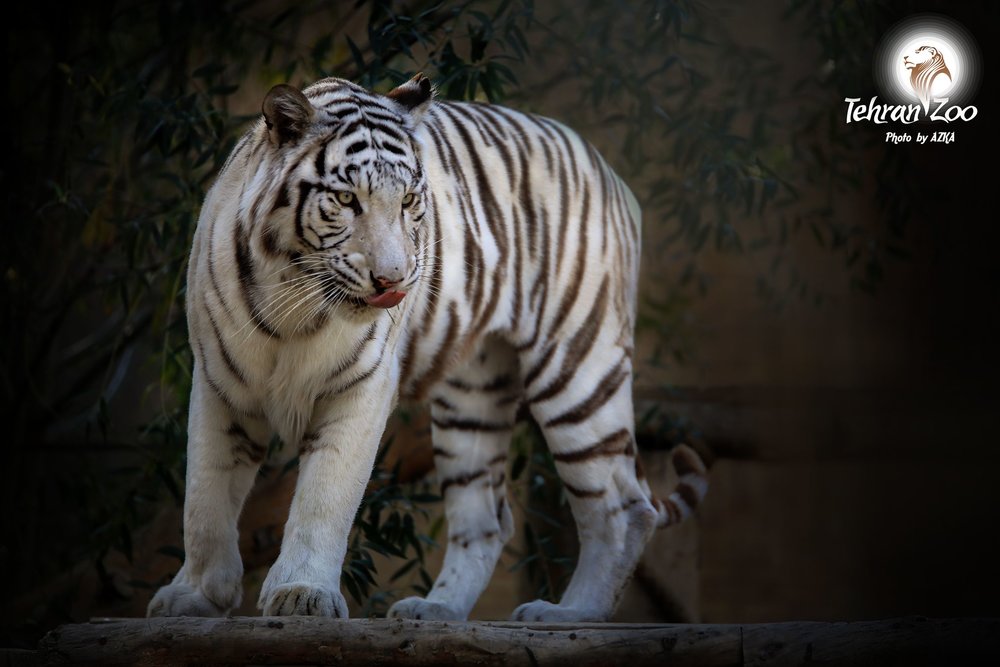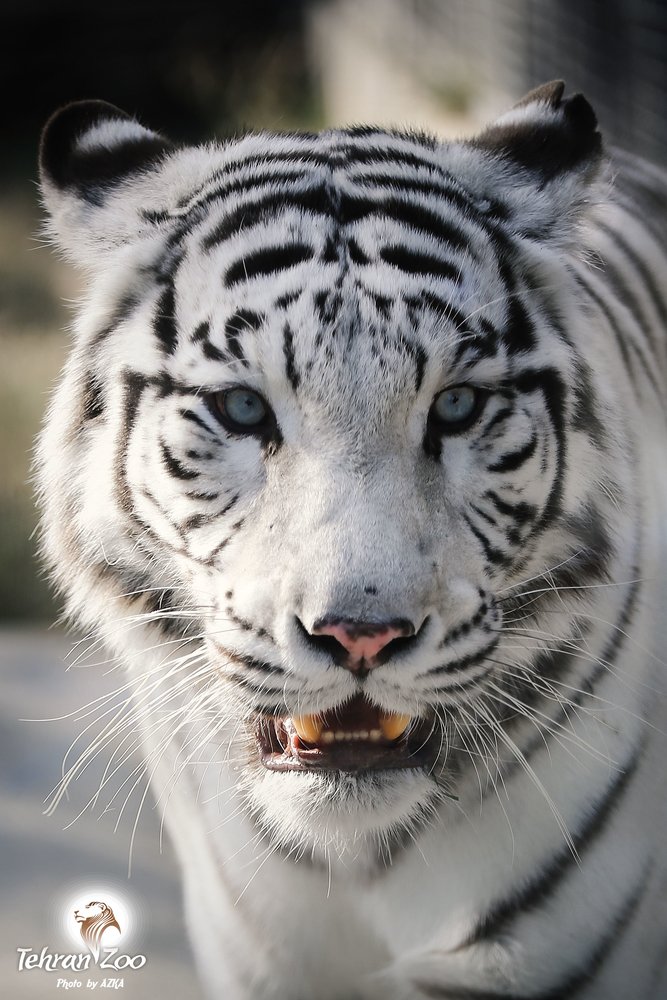White tigers attraction

Tigers used to occur in Asia as far west as Turkey, and isolated populations developed into different subspecies. The subspecies of tigers consist of Bengal tiger (Indian), South China tiger, Malayan tiger, Indochinese tiger, Sumatran tiger, Siberian tiger (Amur), Bali tiger, Javan tiger, and Caspian tiger (Hyrcanian). The last three subspecies are extinct. Along with the Bengal tiger, the white tiger is considered to be the second largest tiger in the world after the Siberian tiger. But what is the white tiger?
White tigers’ main stronghold
Within their huge range, tigers have adapted to conditions ranging from bleak mountain forests to mangrove swamps and jungle. Tigers are the biggest species of Felidae Family. Tigers breed well specially in captivity, so they are unlikely to become extinct. Habitat fragmentation, loss of natural prey, human conflicts and trophy poaching considered as the main reasons of tigers’ extinction. However, the captive population has become seriously inbred in the past, and there has been genetic mixing between different subspecies.
But the story of white tigers is different; they are unbelievably rare due to trophy hunting and also capture for the exotic pet trade. Recently a circus white tiger also died in Iran and all of this shows why we must be conscious about different types of creatures.
White tigers aren’t albino because they have some forms of pigments that cause their fur color. All white tigers come from a color variation of Bengal tigers. White tigers are not considered as a specific subspecies. If two Bengal tiger with recessive gene that controls fur color are bred together, white tiger appears. Some sources said, the white tigers’ origin was recorded in India from 1556 to 1605 AD. Some notes also confirmed that one single white tiger is the origin of entire captive white tiger population and the process of inbred continued ever since.
Captive breeding
Tigers cost a lot to feed, so standard zoos give the animals contraceptives as a way of controlling the numbers of young born. It would be relatively easy to breed captive tigers but there is not enough suitable habitat and also adequate enclosure for captive-bred stock. In the case of the white tiger, one recessive allele has to come from each parent to allow for expression of the white striped color morph as Association of Zoos and Aquariums (AZA) said.
While this has happened rarely in the wild populations of various species occasionally e.g. white deer, lion, ferret; such traits only rarely get expressed, and, when expressed, it is very likely that they confer a disadvantage resulting in reduced fitness for a given individual under most circumstances. Indeed, the very rarity of the traits in natural populations is itself strong evidence that they have deleterious consequences.

Severe inbred control
Now at Tehran Zoo, a female white tiger exists whose name is Queen. As mentioned before, a wide variety of heritable defects and abnormalities have been found associated with recessive alleles and for this reason suitable contraceptives used for Queen in order to prevent fertility.
Severe inbreeding such as inbreeding between brother and sister or father and daughter to produce mutation of a white fur resulted to number of defects and abnormalities in some places around the world. Deformities in white tigers consist of cross-eyes, weak immune system, short snout, and jutting teeth. Some born with neurological issues, cleft palates, bulging eyes and finally other facial deformities. Only one in every 10,000 wild tigers are born with leucism – a lack of pigment in the coat which creates the distinctive white and black coats, and blue eyes that are the main visual characters of white tigers.
In fact all white tigers seen today are a result of breeding programs at zoos around the world but the breeding programs are also under severe controls especially in standard zoos such as Tehran Zoo. Even healthy white tigers are unable to release into the wild again not just because there is not enough suitable habitat left, because their white fur also make it impossible to live wild without being noticed.
(Photo by Azka Soltani/Tehran Zoo)

Leave a Comment